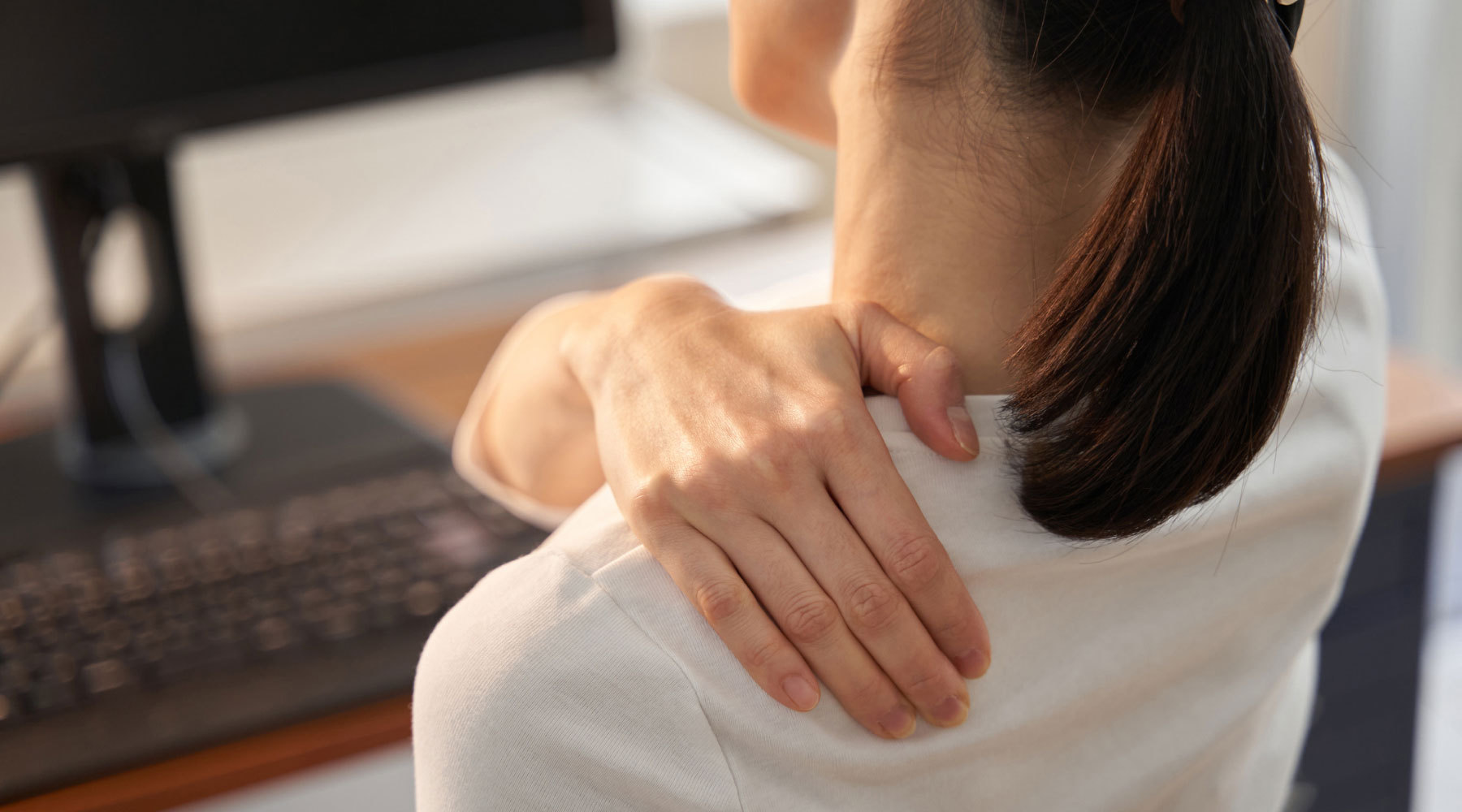 EXETER, NH – For most people, 40 hours of their week is spent working, and for some even longer. This can greatly affect your health and wellness. That’s why occupational health physicians are here, to play a crucial role in bridging the health care system and companies. Their involvement in employee health and the workplace makes it so they can focus on excellent care of an injured worker, but also help prevent further injuries.
EXETER, NH – For most people, 40 hours of their week is spent working, and for some even longer. This can greatly affect your health and wellness. That’s why occupational health physicians are here, to play a crucial role in bridging the health care system and companies. Their involvement in employee health and the workplace makes it so they can focus on excellent care of an injured worker, but also help prevent further injuries.
According to an article published in Ragan’s Health Care Communication News, there are 12 crucial things that an occupational health team can help with. Here are some of them:
1. Work hard to prevent illness and injury in the workplace, which includes visiting company sites, walking through the plant/office and offering medical advice as needed.
Access Sports Medicine & Orthopaedics’ Dr. Geoffrey Shreck a Board-Certified Internal Medicine physician specializing in Occupational Medicine. He says it’s important to pay attention to the site itself, rather than just reading the job description.
“You can learn a lot more by actually walking through the site than you can by reading the job description or understanding what one individual worker will tell you happened at the job site, so that’s very important for us as occupational medicine physicians to understand as far as work hazards, work environments and work conditions,” he said.
2. Help patients return to work in a safe way and give appropriate restrictions so that a returning employee can be productive but also protected.
“That’s the bread and butter of worker’s comp injury management and disability prevention. Understanding the work place conditions and the safety concerns help us make a better decision as far as returning a worker to full productivity faster,” said Dr. Shreck.
3. Treat health care workers and their injuries, including giving immunization boosters when needed to prevent disease.
“This is seen particularly during the flu season, where billions of dollars of business is lost each year for each person out with the flu. Having a proactive vaccination campaign, flu awareness and actually a good sick leave policy can help stave off those huge financial losses. So we always focus on immunization and other disease prevention measures,” said Dr. Shreck.
4. Perform “return to work” exams for companies that need a medical opinion on one of their workers to make sure the employee is safe to return to his or her regular job.
“Visiting companies sites we understand the risks of the work place environment and also the physical and mental attributes that are needed to perform each of these jobs. So if a worker is out several months due to chronic illness and the employer has a concern about safety, using the occupational medicine physician’s expertise can actually help the worker and the company help confirm if this person is safe to return to work,” said Dr. Shreck.
5. Care for workers exposed to blood and body fluid exposures, providing rapid evaluation of both the source and the exposed employee.
6. Champion health and safety issues with companies, including giving ergonomic insights when on-site at a company.
“When we will go on a site looking at work place hazards surrounding where the worker works and we also try to educate the worker and supervisor, such as repetitive motions or awkward work positions, working with heavy equipment, lifting heavy objects, or even lifting light objects can sometimes pose a repetitive musculoskeletal injury. We try to council and try to incorporate changes of these risks.usually just by making simple non expensive recommendations on work flow or position in order to improve productivity and prevent injuries,” said Dr. Shreck.
We as adults spend the majority of our time in the workplace. Understanding how the workplace impacts overall health and understanding the importance of that helps occupational medicine physicians provide a better understanding, or a better way of looking at a disease, and actually helps to make decisions for better safety, better productivity and overall better wellness in our communities outside the work place.



